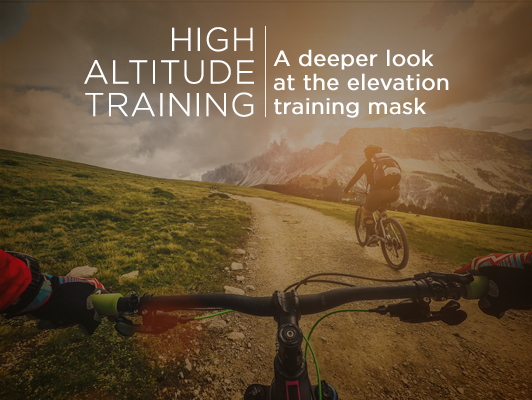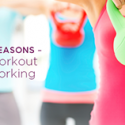A deeper look at the elevation training mask
As a fitness enthusiast, I am always intrigued by the numerous innovations that help athletes perform better. I have all kinds of different equipment at home that I have tried and that I continue to use. I would do extensive research on the pros and cons on these products before purchasing them. One product that has intrigued me in the last few months is the high altitude mask. I watched a few videos of mixed martial arts fighters, as well as other types of athletes, using these masks. I wanted to see what the mask truly does and if it really simulates being in higher altitudes.
What is high altitude training?
Let’s first start off with a quick review of the science of high altitude training, which is also called hypoxic training. The main concept is that with higher altitudes, the air is truly thinner so a person pulls less oxygen into the body every time he or she takes a breath. This results in less oxygen being provided to the working muscles of the body. A person would have to train at a high altitude (or live and train in a place like Colorado) long enough to become adapted physiologically. These adaptations would benefit endurance athletes by improving hemoglobin concentration and capillary density.
Pros and cons of training at high altitudes:
Pros
- Increased production of red blood cells
- Improved oxygen uptake, utilization, and transport
- Strengthened respiratory muscle
- No bulky mask
Cons
- Adaption process takes weeks to months of training at a high altitude
- Physiological adaptions fade within three to four weeks
Elevation training mask
Now let’s look at the elevation training mask. The mask is designed with valves to create resistance that lessens the amount of air flowing into the lungs. The mask does not change the pressure of the air like being in higher altitudes does, and the air that you are breathing is still around 21% oxygen. Wearing the mask is almost like breathing through a straw while running a mile. For anybody using the mask, breathing will be a challenge due to the restricted airflow. You can think about the elevation mask as a form of weight training for your lungs.
Pros and cons of using an elevation training mask:
Pros
- Strengthens inspiratory and expiratory muscles (diaphragm and abdominal muscles)
- Increases efficiency of respiratory system
- Increases mental toughness
Cons
- Does not cause the body to physically adapt to create more red blood cells
- Mask can be costly
- Restricted breathing can be accomplished in other ways (for example, swimming and breathing every five or seven strokes instead of every stroke).
- Look like Bain from Batman when wearing the mask
Ultimately those are pros and cons of using an elevation mask. For me, I’m going to try restricted breathing exercises in the pool first. I’ll see if that can improve my breathing efficiency while swimming.




